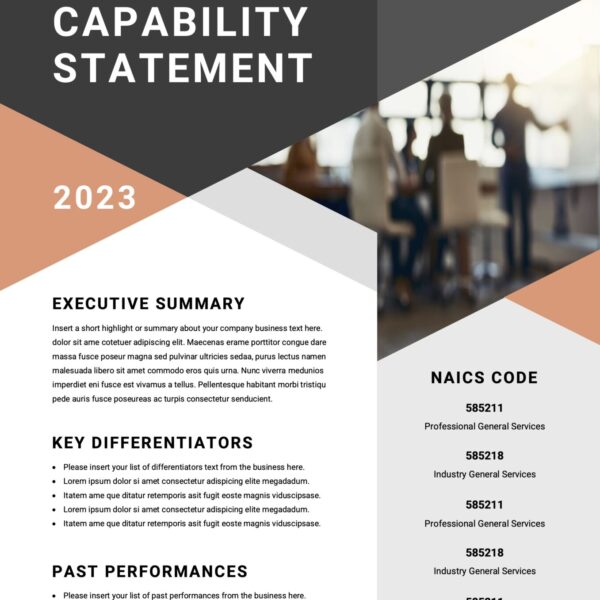 I’ve been in business for over 10 years as a freelancer and start-up owner. My first business was computer repair and maintenance. I learned early off with that business that the key to being successful was how I interacted with my clients. I’d get calls with questions about how they got a virus to why was their computer working fine the day before but not today. The one thing that had to remain the same was my level of patience to explain to them in layman’s terms, what the problem really is. This tactic didn’t change when I moved into designing web pages and graphics.
I’ve been in business for over 10 years as a freelancer and start-up owner. My first business was computer repair and maintenance. I learned early off with that business that the key to being successful was how I interacted with my clients. I’d get calls with questions about how they got a virus to why was their computer working fine the day before but not today. The one thing that had to remain the same was my level of patience to explain to them in layman’s terms, what the problem really is. This tactic didn’t change when I moved into designing web pages and graphics.
I had to say this, but most people who say they want a website, really have no idea what type of website they’re looking for. I’m not even going to get into the argument on whether or not they need one. Lets just focus on some key elements that may save you some headache in the terms off your website project as it progresses.
- Explaining all the elements and content you need from the client for their project to be started and completed. This usually starts out as a “no problem” from the client. Somehow it turns into a 3 month volcano because they’re dragging their feet yet pressing you for a launch date.
- Have them understand exactly how many times they can order a redesign without being charged, and what a “re-design” actually means. In most contracts that I’ve seen, a client is only allowed 2 revisions. Once they cross that, they’re supposed to be charged. However they don’t fully understand what a revision may be. Asking for a font change and color change in one email constitutes a revision.
- Fees and payment schedules. If you have a signed agreement for how your project is going to go, stick with it and constantly remind the client of upcoming fees. Otherwise they may resent you for the unseen charges, even though they clearly signed in 3 different sections of your agreement.
- Problems and setbacks. They don’t need to hear techno-babble. Explaining to them that the images they gave you were too large to fit due to pixels or file types makes no sense to them. And trying to explain why your coding looks great in Firefox but won’t accurately line up in IE or a mobile browser has to be explained with care.
- What exactly YOU do. If you’re just a graphic designer, don’t get wrapped into a project that started out as a logo project that turned into a website redesign project – and you’re not a web designer. Main reason is because you won’t be paid for what you’re doing extra, and second you could risk damaging some other work that in the end will cost you your own time and money to restore.
For me, my very first client was this post’s learning experience. I went through just about all the examples above, got paid very little, and frustrated a heck of a lot. I’d love to hear your experiences!




You are lucky that there are terms, in Real Estate once it is listed the commission is all inclusive. There are ways to add extras. In Real Estate, a Realtor could advertise them-self by saying yes I do a 6% commission but it includes(this, this, etc).
Sounds like you have your business plan down pact!
Ah well maybe in real estate, but I could have sure used more knowledge in my first mortgage years ago. They tried to add all types of fees that totally weren’t warranted at the last minute. Not everyone understands all the moving parts of a project or agreement. For me it makes things less difficult when I have to refer back to a signed agreement versus trying to work up the courage to ask for more money when additions are due.